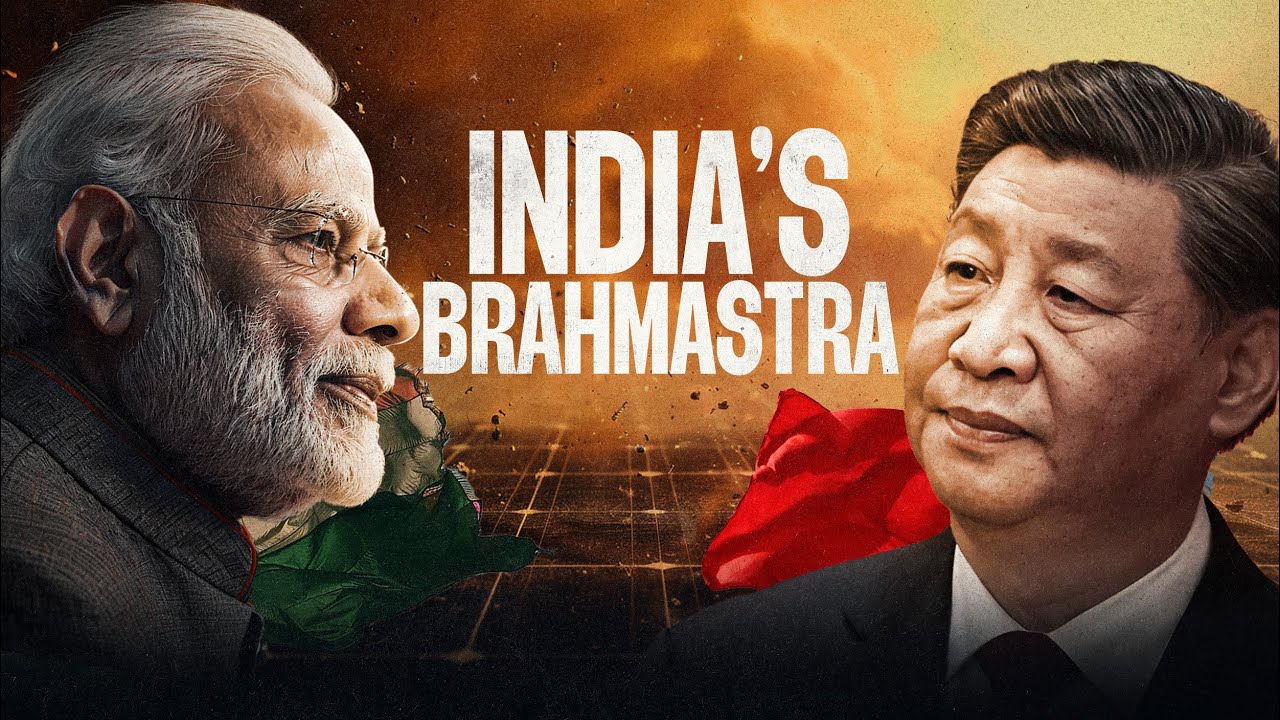Juniper To Become a 4 GW Firm In Next 2 Yrs: Naresh Mansukhani (CEO)
Summary
TLDRThe script discusses the solar industry in India, highlighting a historic low tariff of 1.99 per unit for solar modules. It mentions the discovery of solar potential and the aggressive bidding that led to a drop in module prices. The conversation covers the shift to renewable energy, with a focus on solar and wind projects, and the addition of storage to increase grid stability. Challenges such as land acquisition, tariff reductions, and the impact of global module price declines are also addressed. The script also explores the future of solar projects, emphasizing the importance of hybrid systems and the need for developers to adapt to market changes.
Takeaways
- 📉 The lowest tariff discovered in India was at 1.99 per unit, indicating a significant drop in solar module costs and a golden time for solar market growth.
- 🌟 The year was marked as a golden time for transformative growth in the solar industry, with tenders at 2.65 and a prediction for further reduction to 1.99.
- 💹 The solar module prices are at their lowest, and the tariffs are still in the range of around 2.5, showing a highly competitive market.
- 🔄 The transition to renewable energy, especially solar and wind, is emphasized with discussions on integrating wind capabilities into the existing solar platform.
- 🌿 The push for green hydrogen as a future energy source is highlighted, indicating a shift towards more sustainable and eco-friendly technologies.
- 📈 The Indian solar industry has seen a rapid development with a total installation of 88 GW achieved, and a target of 500 GW by 2030 is set, showing aggressive growth plans.
- 💼 The involvement of both domestic and international players in the solar industry indicates a global interest in India's renewable energy market.
- 📉 A drop in solar module prices globally is observed, which is significantly impacting solar project developers in India.
- 🌍 The script mentions the importance of state policies in fostering renewable energy growth, with some states being more proactive than others.
- 💻 The discussion highlights the challenges faced in the renewable energy sector, such as land acquisition, regulatory issues, and the need for storage solutions to stabilize power supply.
Q & A
What was the lowest tariff discovered for solar power in India?
-The lowest tariff discovered for solar power in India was 1.99 per unit.
What is the current status of solar module manufacturing in India?
-India is still largely dependent on imported solar modules, predominantly from China, but there is a push for domestic manufacturing with initiatives like the Production Linked Incentive (PLI) scheme.
What is the current installed capacity of renewable energy in India?
-As of the data provided, India has an installed capacity of around 88 GW from renewable sources, with 47-48 GW being wind energy.
What is the government's target for solar energy by 2030?
-The government of India has set a target of 500 GW of renewable energy capacity by 2030, out of which around 200 GW is expected to be solar.
How has the solar module price trend affected project development in India?
-The decrease in global solar module prices has made solar projects more economical. However, it also poses challenges for domestic manufacturers as imported modules are cheaper, affecting the competitiveness of the domestic industry.
What are the recent developments regarding the use of larger turbines in the wind energy sector?
-There is a trend towards using larger turbines for wind energy to increase efficiency. India has seen orders for larger turbines, and the industry is evolving towards 3.X MW turbines.
What is the impact of the tariff reductions on the solar module manufacturers?
-The reduction in tariffs has led to increased competition and has put pressure on manufacturers to either increase efficiency or lower their prices to stay competitive.
What are the future prospects for the solar industry in India considering the current trends?
-The solar industry in India is expected to grow significantly, with the government promoting renewable energy and setting ambitious targets. However, the industry needs to overcome challenges related to module pricing and quality to achieve these goals.
What are the challenges faced by renewable energy project developers in India?
-Challenges faced by renewable energy project developers include land acquisition, regulatory issues, grid connectivity, and the variability of tariffs which can affect the financial viability of projects.
How is the hybrid renewable energy model being adopted in India?
-Hybrid models combining solar and wind energy are being adopted to improve the stability and reliability of power supply. The government and private sector are exploring projects that utilize both solar and wind energy sources.
What is the significance of the 'Production Linked Incentive' scheme in boosting domestic manufacturing of solar modules?
-The 'Production Linked Incentive' scheme is significant as it aims to boost domestic manufacturing of solar modules by providing financial incentives, thereby reducing reliance on imports and promoting the growth of the domestic industry.
Outlines

このセクションは有料ユーザー限定です。 アクセスするには、アップグレードをお願いします。
今すぐアップグレードMindmap

このセクションは有料ユーザー限定です。 アクセスするには、アップグレードをお願いします。
今すぐアップグレードKeywords

このセクションは有料ユーザー限定です。 アクセスするには、アップグレードをお願いします。
今すぐアップグレードHighlights

このセクションは有料ユーザー限定です。 アクセスするには、アップグレードをお願いします。
今すぐアップグレードTranscripts

このセクションは有料ユーザー限定です。 アクセスするには、アップグレードをお願いします。
今すぐアップグレード関連動画をさらに表示

India's Secret Weapon to counter China’s Solar Dominance? : Waaree Energies | Business Case study

Solar Stories: Cold Storage running on Solar Energy | Shakti Solar Rooftop | Customer Testimony

The historic India-UK trade deal signed | Explained by Ankit Agrawal Study IQ

48 மணி நேரத்தில் என்ன நடக்கும் | India USA Trade Deal | July 9 Deadline | Tamil | Pokkisham

complete tour of a tea garden alipurduar West Bengal dholajhora tea garden alipurduar

US China Tariffs War Impact on UAE KSA E-Commerce 2025
5.0 / 5 (0 votes)
